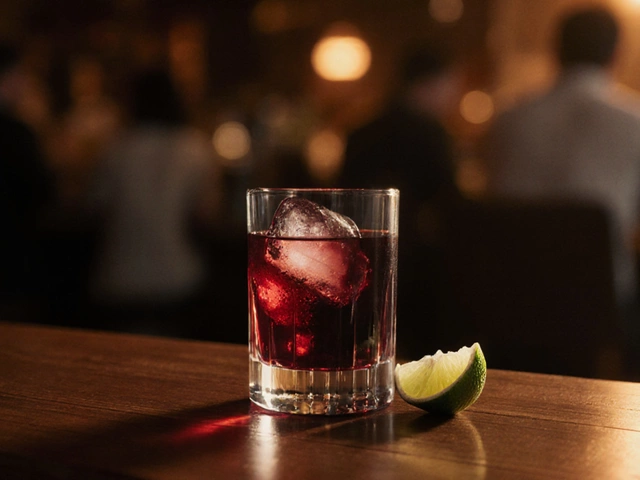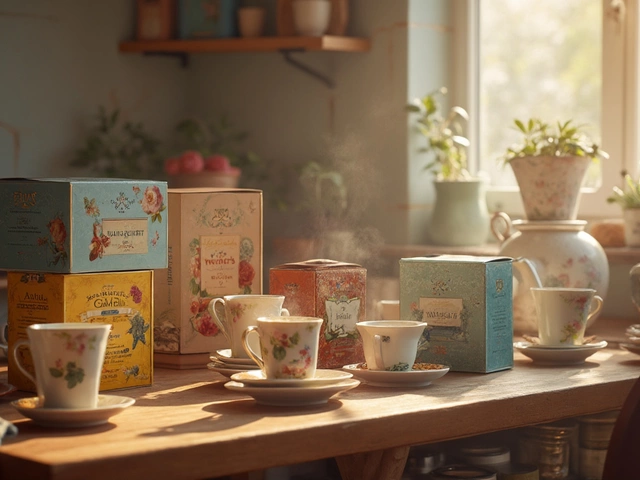White Wine Cheese Pairing
When talking about White Wine Cheese Pairing, the art of matching white wines with suitable cheeses to enhance flavor, you’re diving into a simple yet surprisingly nuanced world. It’s not just throwing cheese on a plate and pouring a bottle; it’s about balancing acidity, fat, and texture so each bite and sip lift the other. This page breaks down the core ideas, so you can skip the guesswork and start enjoying combos that actually work.
Why Pairing Matters
The magic starts with White Wine, light‑bodied, often crisp wines made from grapes fermented without skin contact and Cheese, a dairy product ranging from soft and creamy to hard and nutty. The wine’s acidity can cut through rich, buttery cheese, while the cheese’s fat can soften sharp citrus notes. Think of a Chardonnay’s buttery finish meeting a creamy Brie – the fat in the cheese mellows the wine’s oak, and the wine’s acidity lifts the cheese’s richness.
Specific cheeses bring their own personality to the table. Goat Cheese, a tangy, soft cheese with a distinctive earthy flavor pairs brilliantly with a Sauvignon Blanc’s herbaceous zest, creating a refreshing contrast. Meanwhile, a nutty Manchego finds a friend in a lightly oaked Pinot Grigio, where the wine’s subtle fruit lets the cheese’s buttery depth shine. These pairings aren’t random – they follow the principle that acidity balances fat, and fruit complements earthy tones.
Beyond the cheese type, the wine’s body and the cheese’s texture matter. A full‑bodied Viognier can stand up to a semi‑hard cheese like Gruyère, whose nutty bite matches the wine’s floral aromatics. On the lighter side, a crisp Albariño works best with a fresh, crumbly feta, where the salty crunch meets the wine’s bright citrus. The goal is harmony, not competition – each element should enhance the other without overpowering.
Serving temperature is a hidden hero in the pairing game. White wines taste best chilled, but not ice‑cold; aim for 45‑50°F (7‑10°C) to preserve aroma. Cheese, on the other hand, should be at room temperature, usually 68‑72°F (20‑22°C), so its flavors fully develop. Let the cheese sit out for about 30 minutes before serving; this simple step can turn a decent pairing into a memorable experience.
Another practical tip is to organize your plate by intensity. Start with milder cheeses and lighter wines, then progress to stronger cheeses and richer wines. This order lets your palate adjust gradually, preventing the first sip from being overwhelmed by a bold cheese. Pairing tools like a small tasting spoon or a neutral cracker can act as palate cleansers, resetting your taste buds between different combos.
All these ideas set the stage for the articles below, where you’ll find deeper dives into specific cheeses, step‑by‑step pairing guides, and real‑world tasting notes. Whether you’re planning a casual wine night or a formal dinner, the insights here will help you pick the best cheese to pair with white wine and serve it like a pro. Browse on to discover detailed match‑ups, flavor tricks, and the science that makes each pairing click.
Discover which white wines complement different cheeses. Learn the science, top wine choices, pairing rules, and practical tips for a perfect cheese board.
View Details

